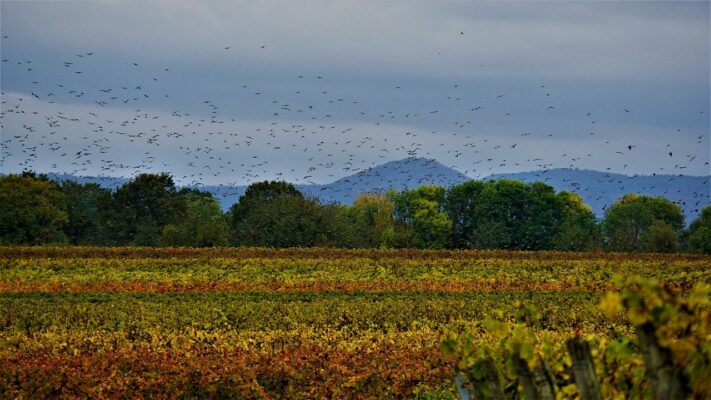While increased carbon dioxide levels in the atmosphere encourage plant growth, they also reduce the nutritional value of plants, which can have a larger impact on nutrition and food safety worldwide. Researchers at Michigan State University discovered a new way plants are adapting to the changing climate — information that can be used to help plants grow strong while also maintaining their nutritional value.
Phosphorus is used as a fertilizer and is essential for plant growth, but the worldwide reserve of phosphorus is limited.
“We can’t synthesize [phosphorus] like we can nitrogen fertilizer,” said Hatem Rouached, an assistant professor in the College of Agriculture and Natural Resources. “We need to develop a better understanding of how plants regulate phosphorus to survive.”
Rouached and his team observed when plants were exposed to elevated levels of carbon dioxide, the phosphorus levels in the shoots and leaves of the plants decreased.
“We wanted to know why the plants weren’t taking up more phosphorus,” Rouached said. “And to see if the decrease of phosphorus levels is a defect or adaptive response, and whether there was a way to change that to ensure the plants grow and provide nutritious food too.”
Rouached and his team dug deep at the sub-cellular level and found the plants were avoiding overloading their chloroplasts with phosphorus as an adaptive response to increased carbon dioxide levels. Chloroplasts are where photosynthesis takes place, where chlorophyll in the presence of sunlight produces food for a plant to grow. Phosphorus is also an essential part of photosynthesis and creating energy for cells.
“What was really important in our discovery is that when we try to force the plant to put a lot of phosphorus in the chloroplast, the plant failed to grow,” Rouached said. “We discovered that the increase in phytic acid levels needs to be tightly controlled in plants to allow the plants to grow under elevated carbon dioxide.”
The researchers found that after the phytic acid levels pass a certain threshold, the plants don’t grow.
“This paper is the first to show there is an urgent need for discussion of how we can protect plant malnutrition against the increase of carbon dioxide worldwide,” Rouached said.
Read the paper: Current Biology
Article source: Michigan State University
Author: Emilie Lorditch
Image credit: Mylene2401 / Pixabay








